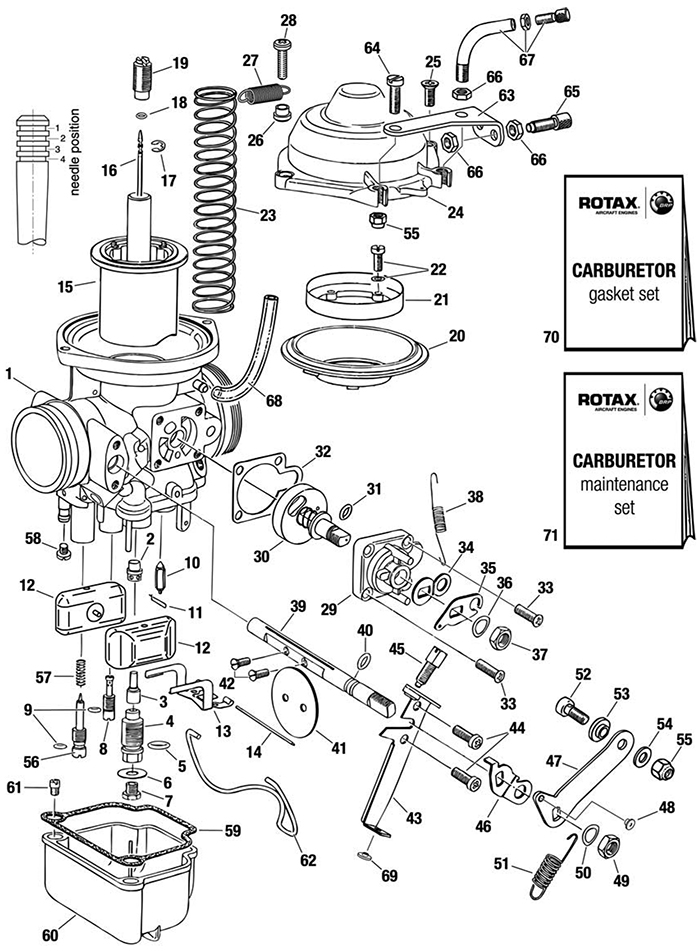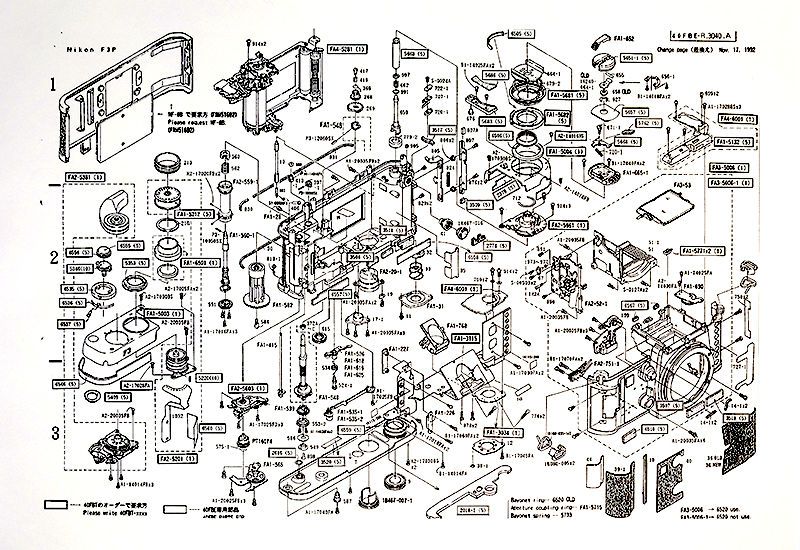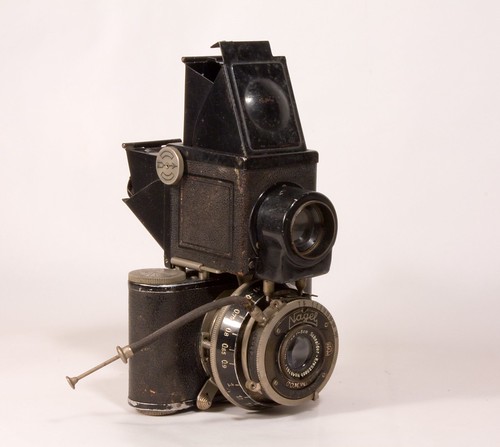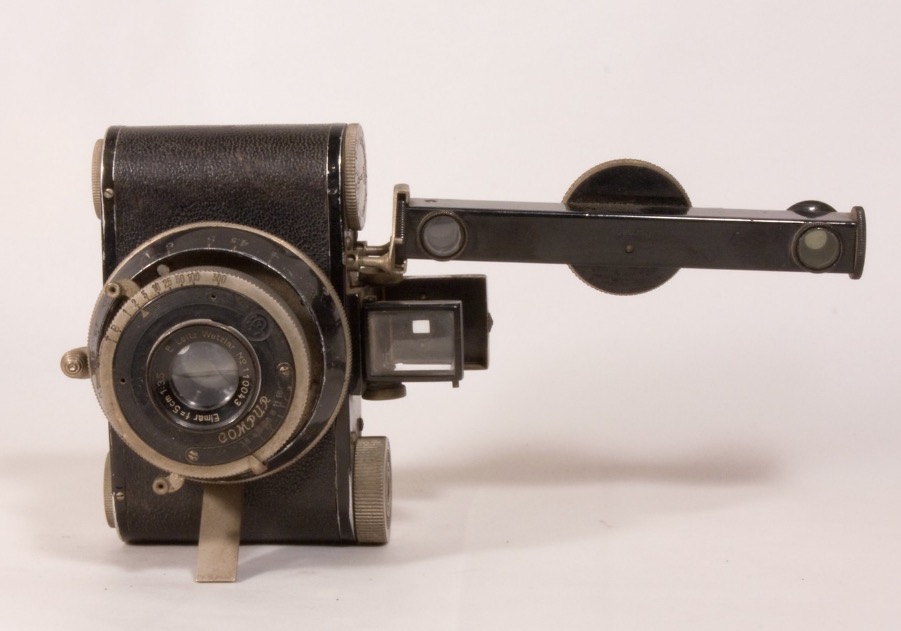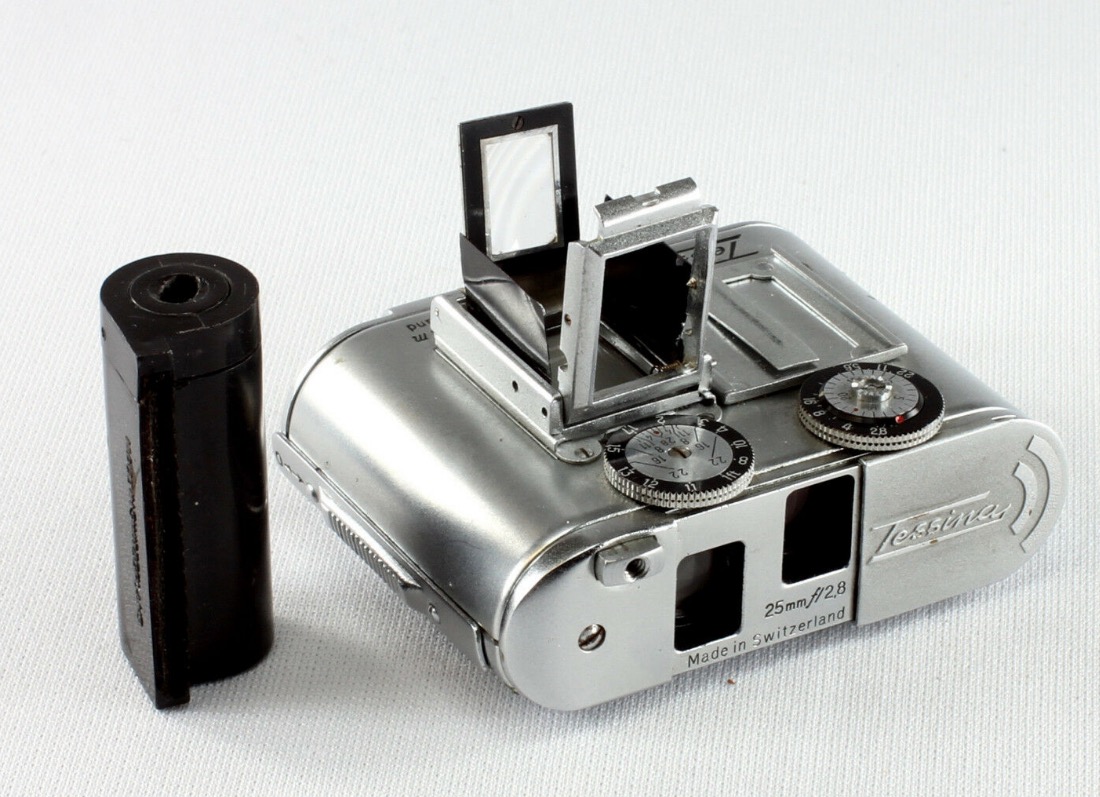Big frame, small body.
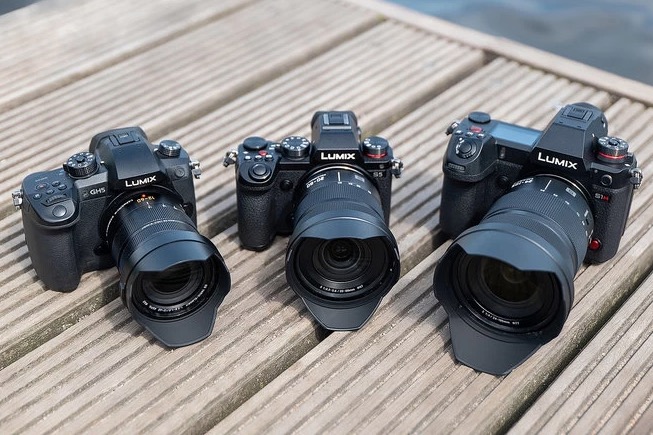
The S5 is in the middle.
There are no certified sales statistics for higher end cameras so it’s impossible to determine whether MFT is dying, as some chat sites aver. It’s probably fair to guess that all high end camera sales are falling in the face of gains made by cell phone cameras, but the new Panasonic Lumix S5, a full frame mirrorless DSLR, is interesting nonetheless.
The image shows that the S5’s body is actually smaller than that of the MFT GH5 at left. The large ‘pro’ FF S1 is on the right. I like the fact that there are several buttons available for common adjustments, in preference to the horrors of dialing through multiple choices on the rear LED display.
Panny is making the body available with a 20-60mm f/3.5-5.6 kit zoom for a package price of some $2,300. That’s a very wide lens and small maximum apertures are no longer a concern when it comes to viewing, making for an excellent all around package for those who remain reluctant to accept the general superiority of the iPhone 11 Pro and later versions yet to come. Through the lens viewing, owing to the automatic brightness correction of the electronic finder, means that maximum aperture no longer matters. That lens and a short tele fast lens or a modest tele-zoom would make for a powerful and compact kit.
